<> Lexias pardalis (Moore, 1878) <>
the Common Archduke ผีเสื้ออ๊าชดุ๊คธรรมดา
Click on any photo to see all photos full size in Lightbox
Additions and corrections to the information provided on this page is always welcome. Please use the Contact form.
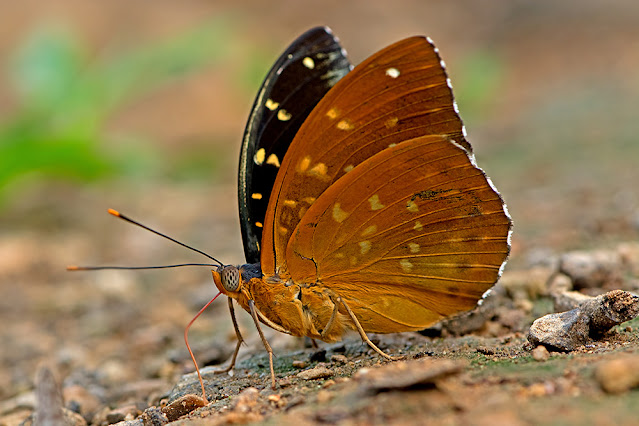
Photo taken at Chiang Dao Nature Sanctuary, Chiang Mai. Thailand ♂ 540m a.s.l.

Very common and distributed throughout most of the region. This species is forest-dependant and although it flies in open sunny areas within, or at the edges, of the forest it much prefers the shade and usually settles in the low vegetation. It is sexually dimorphic and the differences in the appearance of males and females are quite distinct. The female is also larger than the male and her colour and markings make her almost invisible when she settles in the undergrowth on the forest floor. The colours on both sexes are a little variable. Males sometimes exhibit hill-topping behaviour, chasing away other butterflies that encroach on their territory, but this is not a regular trait.
Lexias pardalis is a very powerful flier and once disturbed takes off rapidly, gliding through the undergrowth before settling again. It is multivoltine and there are several broods per annum, varying with location. The larvae have a unique spiny appearance that allows them to blend in with their surroundings but, unlike some other larvae species that have hairs of spikes, they are perfectly safe to handle and are not poisonous. The adults are almost identical to another Lexias species, L.dirtea, but are easily distinguishable from that species as the apical clubs of their antennae are orange-yellow whereas those of L.dirtea are all black.
Synonyms and previously used names: Symphaedra pardalis, Euthalia pardalis, Euthalia dirtea jadeitina
Taxonomy: Animalia - Arthropoda - Insecta - Lepidoptera - Nymphalidae - Limenitidinae - Lexias - pardalis
Regional subspecies: L.p.borneensis (Indonesian & Malaysian Borneo), L.p.dirteana (S.Thailand, Malaysia, Singapore), L.p.eleanor (N.Vietnam, S.China), L.p.ellora (Philippines), L.p.jadeitina (NE.India, Myanmar, N.Thailand, Cambodia, Laos, Vietnam, SW.China), L.p.nephritica (Indonesia), L.p.tethys (Philippines). There are several other subspecies distributed amongst individual islands of Indonesia and the Philippines.
Regional Distribution: India, Bhutan, Bangladesh, Myanmar, Thailand, Laos, Cambodia, Vietnam, China, Malaysia, Singapore, Indonesia, Philippines
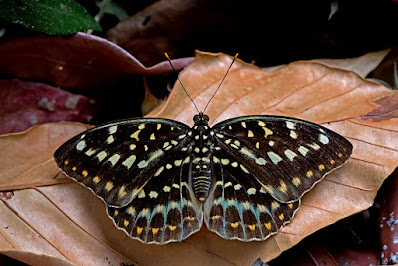 |
| Doi Suthep-Pui National Park, Chiang Mai, Thailand ♀ 450m a.s.l. |
Habitat: Deciduous and evergreen forest and forest edges, up to around 1300m a.s.l. They are often seen near streams where both sexes can be seen to puddle in the mud near the waters edge.
Flight time: All year round, depending on location. Wingspan: 70-90mm
Life History: egg 4 days instar 1 3 days instar 2 3 days instar 3 4-5 days instar 4 6-7 days instar 5 8-9 days pupa 10-11 days Total egg to adult 38-42 days
All times are approximate and can vary depending on the season and on the host used.
Larval Hosts: Tupistra clarkei (Asparagaceae), Cratoxylum cochinchinense, Cratoxylum formosum, Hypericum monogynum (Hypericaceae), Garcinia lateriflora (Clusiaceae)
Actual host plant used depends upon location and availabilty of plant species.
Adult Food Sources: Nectar - Gerbera sp. (Asteraceae), Syzygium zeylanicum (Myrtaceae). There may be other nectar sources but this species is not a regular flower visitor. Other - mud puddling, animal dung, carrion, over-ripe fruits (pineapple, mango, and guava are favourites)
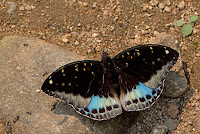 |
| Lamnamkok National Park, Chiang Rai, Thailand ♂ |
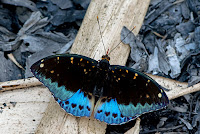 |
| Doi Suthep-Pui National Park, Chiang Mai, Thailand ♂ |
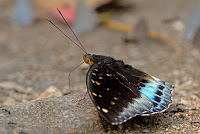 |
| Phnom Kulen, Siem Reap, Cambodia ♂ |
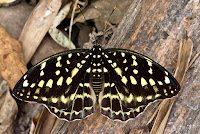 |
| Pak Ou, Luang Prabang Province, Laos ♀ |
 |
| A female aberration, Chiang Mai, Thailand |
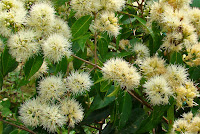 |
| Syzygium zeylanicum, a nectar source |
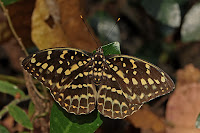 |
| Doi Suthep-Pui National Park, Chiang Mai, Thailand ♀ |
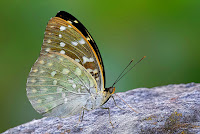 |
| Doi Suthep-Pui National Park, Chiang Mai, Thailand ♀ |
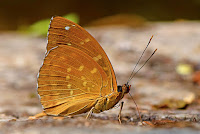 |
| Doi Suthep-Pui National Park, Chiang Mai, Thailand ♂ |
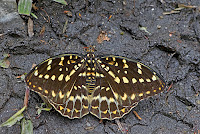 |
| Doi Suthep-Pui National Park, Chiang Mai, Thailand ♀ |
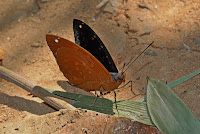 |
| Lamnamkok National Park, Chiang Rai, Thailand ♂ |
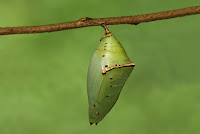 |
| pupa |
 |
| Doi Suthep-Pui National Park, Chiang Mai, Thailand ♂ |
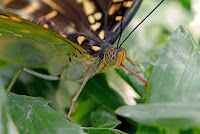 |
| Close-up showing the red-coloured proboscis ♀ |
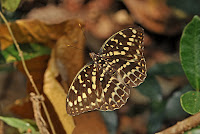 |
| A female in flight, Chiang Mai, Thailand |
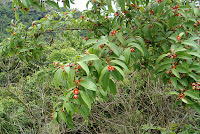 |
| Cratoxylum cochinchinense, a larval host |
 |
| Tupistra clarkei, another larval host |
Links to other pages in this series for species in the same subfamily
Athyma perius
Auzakia danava
Euthalia alpheda
Euthalia lubentina
Lasippa viraja
Limenitis asura
Neptis cartica
Neptis miah
Pantoporia hordonia
Sumalia daraxa
Athyma pravara
Bhagadatta austenia
Euthalia anosia
Euthalia monina
Lebadea martha
Limenitis dudu
Neptis clinia
Neptis nashona
Pantoporia paraka
Sumalia zulema
Athyma ranga
Cynitia cocytus
Euthalia evelina
Euthalia patala
Lexias dirtea
Moduza procris
Neptis hylas
Neptis nata
Parthenos sylvia
Tanaecia jahnu
Athyma selenophora
Euthalia aconthea
Euthalia franciae
Euthalia phemius
Lexias pardalis
Neptis ananta
Neptis magadha
Neptis soma
Phaedyma columella
Tanaecia julii
